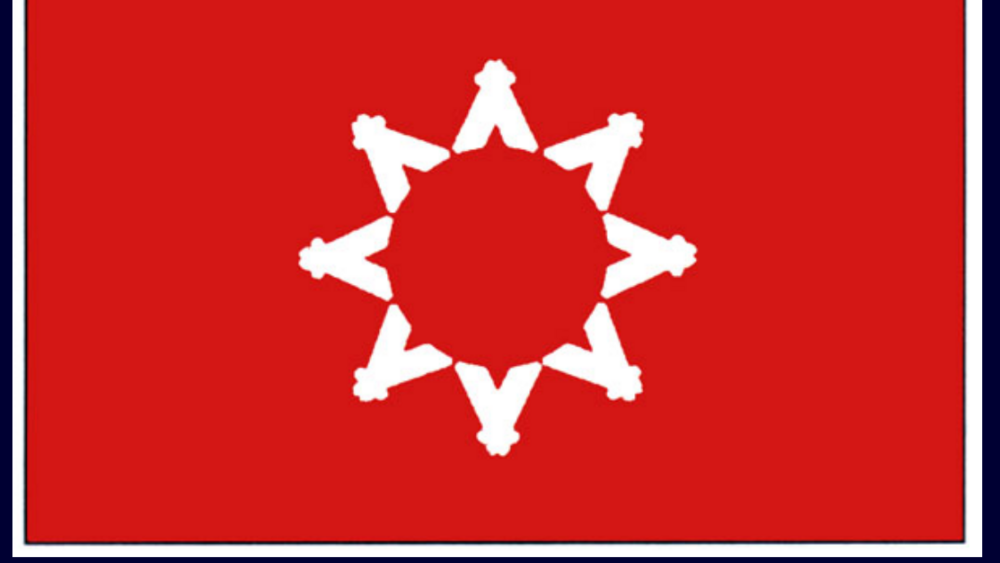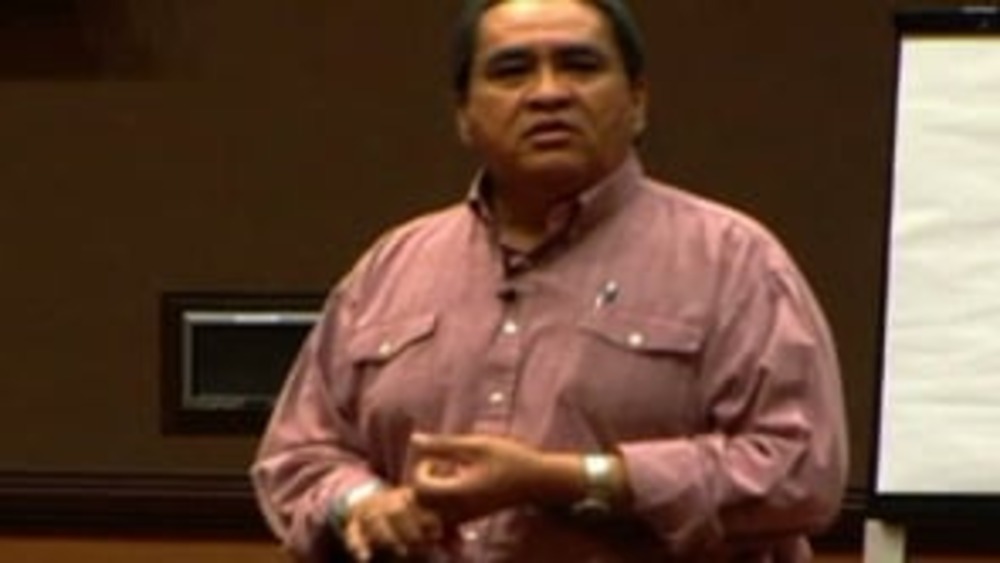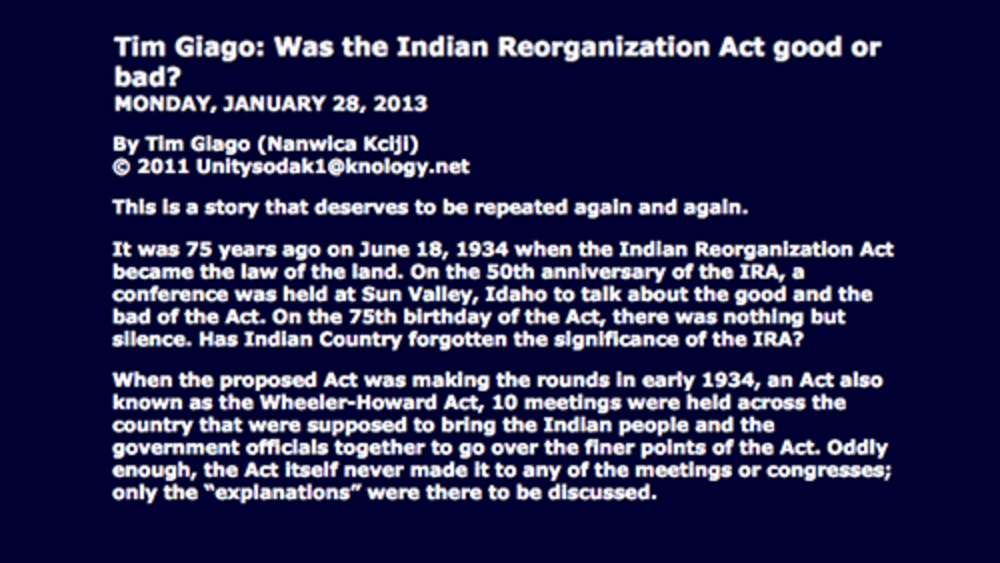In this highlight from the presentation "Defining Constitutions and the Movement to Remake Them," Joan Timeche (Hopi) discusses how the Hopi Tribe continues to wrestle with an Indian Reorganization Act constitution and system of governance that runs counter to its traditional, village-based system of governance and that currently does not represent a significant percentage of Hopi citizens.
Additional Information
Timeche, Joan. "The Hopi Tribe: Wrestling with the IRA System of Governance (Presentation Highlight)." Tribal Constitutions seminar. Native Nations Institute for Leadership, Management and Policy, University of Arizona. Tucson, Arizona. April 2, 2014. Presentation highlight.
Transcript
"My tribe has 12 villages that were autonomous before the federal government came in and they didn't want to talk to not just those 12 village chiefs, but we have a very complex religious...religion and cultural ways that we have multiple societies, there's chiefs of them, of all these societies, we have ceremonies, there's chiefs of those functions and basically they didn't want to have to deal with all the multiple chiefs. They said, 'We need...we want one person.' And a lot of...and we see that...we've heard of this in a lot of other nations where they really wanted to get to the resources of those people and they wanted to deal with one person, one chief who could put their fingerprint on those documents because they didn't want to have to deal with too many chiefs.
And so in this case, when our constitution was established, it's an IRA [Indian Reorganization Act] constitution, in 1935, we had four of our villages who never willingly accepted that form of government and today have no representation on our council. They consider themselves to be traditional. One of those villages constitutes about 25 percent of our population. Can you imagine that? And then so we have...and now we're going through some political turmoil still and now we have only about five villages who are making decisions on behalf of the entire nation. So we have that hybrid that exists there. You have outside to...anybody on the outside sees the Hopi tribal council as its form of government. But internally, in my village and many other villages, we know all the decisions get made at the village level and the council has not much to say over the land base or what happens within the villages. So you see the hybrids that still continue to exist throughout even today."



